I would like to welcome
Helen from Enchanted Cobwebs
My name is Helen André, I live in Leek in the Staffordshire Moorlands
where I create my handmade flame worked glass (also referred to as lampwork)
I’m a hopeless addict to all things handmade and crafty
and have had a ‘go’ at loads of crafts.
I started jewellery making about 15 years ago,
initially wirework in copper then graduated to silver wire.
Soon I wanted to create items from sheet silver and so I progressed on to silversmithing.
I really enjoyed this but felt there was something missing and that was colour.
Enamelling onto silver and copper satisfied this need for a time
but I was always in awe of beautiful handmade lampworked beads.
I was hooked, no one was going to deter me!
The initial costs were a bit off putting
and doubts about my potential ability made me wait a few years
but every time I saw a fabulous handmade bead I knew that it’s what I wanted to do.
In October 2010 I bought the set up but couldn’t also afford any classes
so I turned to a wonderful forum called Frit Happens
where loads of experienced lampworkers help each other
and are more than happy to share tips and techniques with ‘newbies’
The lampwork process is really a fascinating one.
The beads are individually produced, small spacers can be made in less than 5 minutes
but many of my focal beads can take between 45 minutes
and an hour working in the flame to create.
The glass I use is supplied in rods, huge range of colours
from a very limited number of makers from around the world.
I mainly use Italian and German glass along with some amazing silver rich glass from the states.
The rods are usually cut into 30cm lengths and vary in thickness from 5mm to 15mm.
My preference is the thinner rods as they are less likely to ‘shock’ in the flame,
when they shock little fragments can fly off and land on your arm (always wear long sleeved cotton items!)
COE – the glass I use is soda glass or soft glass, it has a COE of 104.
This figure represents the rate at which the glass contracts when it cools.
As lampworking heats the glass to about 1700° its possible to incorporate up to 10% of a different COE. This is not the case where glass is fused in a kiln
at a lower temperature where a tiny amount of incompatible glass will cause stress cracks.
The beads are made on mandrels,
these are rods of stainless steel which is dipped into a
clay substance called bead release which prevents the glass from fusing to the metal.
Mandrel sizes vary, I prefer the thinner 1.6mm ones as they leave
smaller holes but the larger ones are stronger!
The glass is melted in a mixed gas flame of propane and oxygen.
I have an oxygen generator as its safer and far more economical than cylinders of oxygen.
The rods are introduced slowly into the flame to melt,
the molten glass is wound from the rod to the mandrel which is kept just beneath the flame.
Once a base bead of the desired size is created the decorating can begin.
There are hundreds of techniques, I’m learning new ones all the time.
My photos show beads being created with the addition of ‘frit’
this is crushed glass usually a blend of colours that react with the base glass
to create different effects. Interestingly this can be a different COE
The bead needs to be kept hot all the time,
not so hot that you melt the decoration but hot enough to prevent thermal shock
as this causes cracks that almost certainly can't
be melted back together without risking bits flying off
(they are very hot now not just bits off the end of the rod!).
When the masterpiece is finished I get a moment only to look it over to check it’s finished,
keeping it away from the flame might shock it.
Then it’s placed into a digitally controlled kiln to anneal.
This process holds the temperature at 520° centigrade for 90 minutes then drops by 50° each hour
to room temperature.
Annealing removes the stresses caused within the glass from working it,
beads that have not been annealed will almost certainly crack at some point,
often with no trauma to the bead.
Annealing does not make glass bomb proof,
it removes the weaknesses introduced in the beadmaking process.
It’s an overnight process so in the morning the very first thing I do is look in the kiln!
The beads still on mandrels are soaked to soften the bead release.
Once they are off the mandrels the bead release inside the beads
has to be removed with a diamond reamer (long drill bit with diamond surface).
Beads that have not been cleaned will appear to have a powdery substance inside,
this is very often seen in cheap imported beads and bead release is not good for you!
Once the bead release is removed the beads are thoroughly washed
and closely inspected for any flaws before
being incorporated into one of my pieces
or where I have more than I need being offered for sale as a bead in my Etsy shop.
You can also find Helen on Facebook
You can also find Helen on Facebook
Thank you ever so much Helen!
Wow I didn't realise it was such a complicated process.
It's amazing what you do and your work is beautiful.
I hope you will all join me in thanking Helen
and visit her shop to see her other fantastic items.
Wow I didn't realise it was such a complicated process.
It's amazing what you do and your work is beautiful.
I hope you will all join me in thanking Helen
and visit her shop to see her other fantastic items.



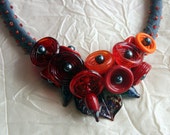
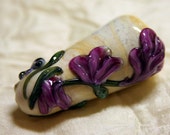
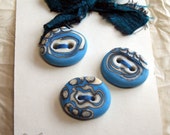
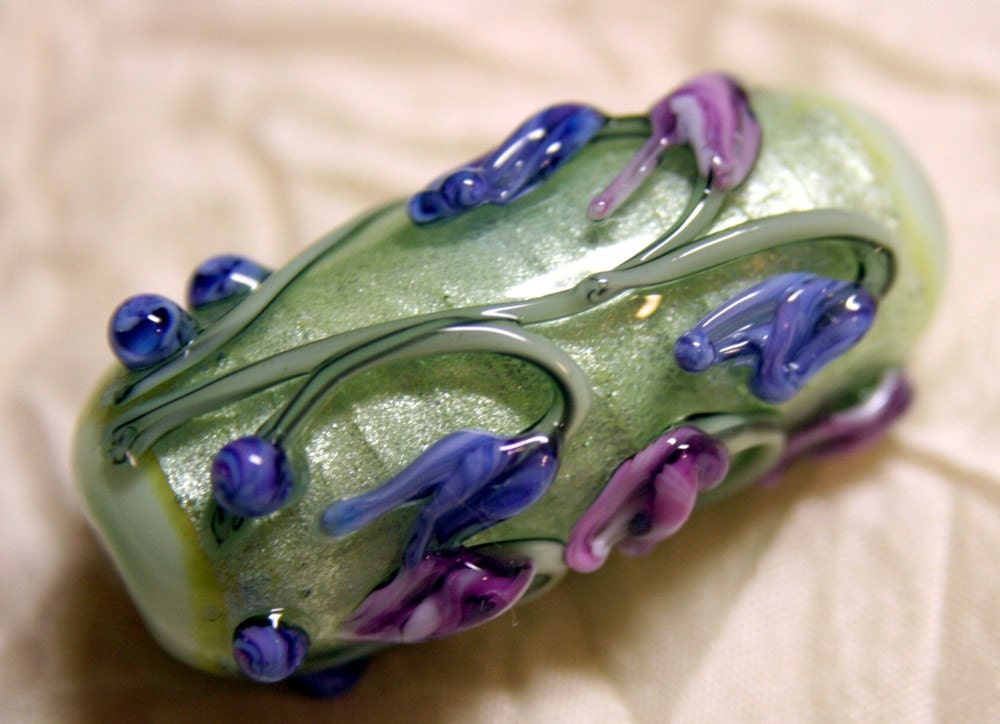
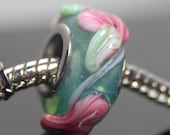







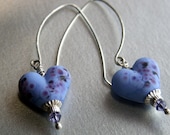









Awesome!!!!
ReplyDeletewhat a lovely informative piece xx
ReplyDelete